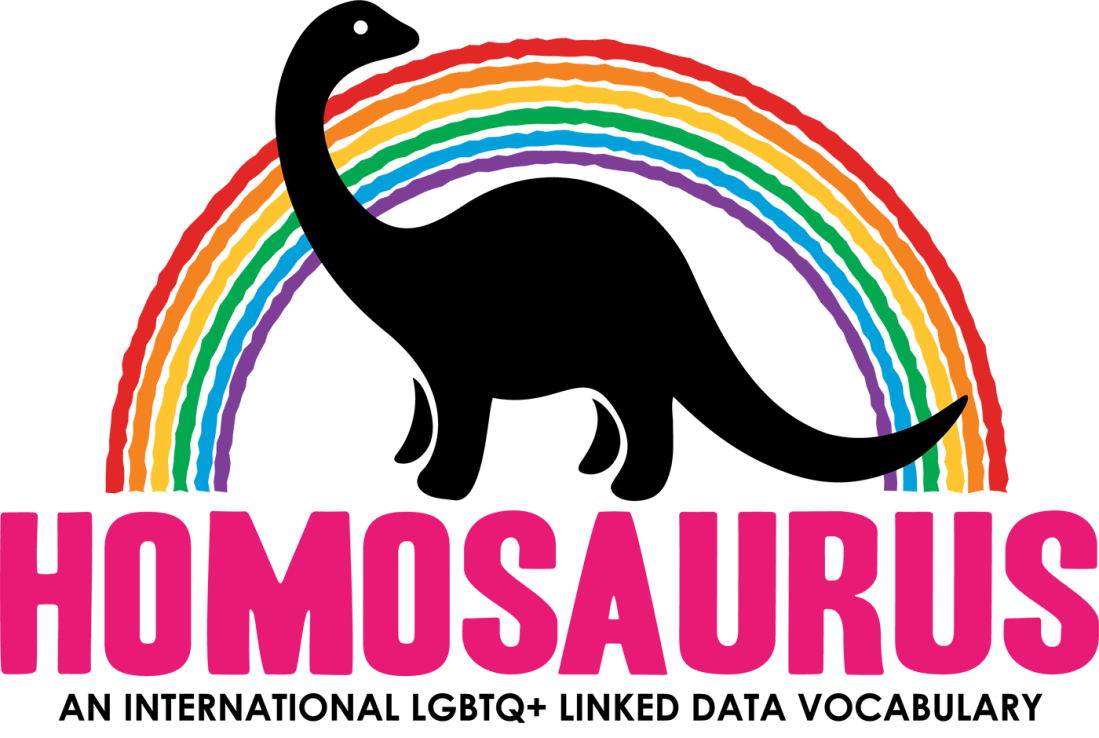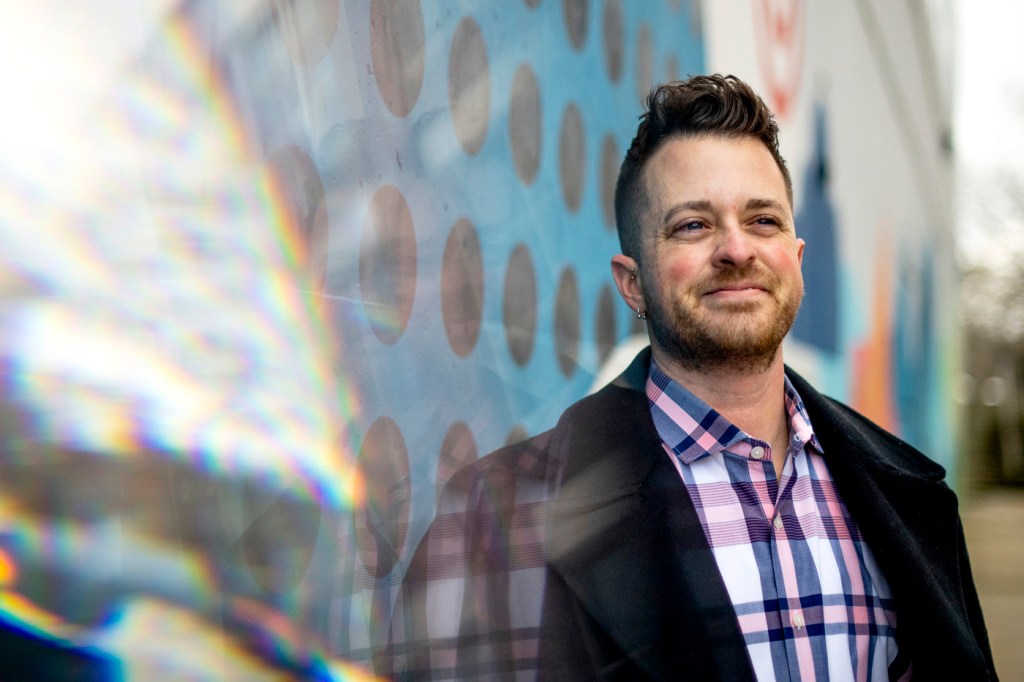Professor of English and women’s, gender and sexuality studies K.J. Rawson, working with Marika Cifor of the University of Washington, has received a new grant for a Spanish-language edition of the Homosaurus: An International LGBTQ+ Linked Data Vocabulary.
The Homosaurus is, at heart, a thesaurus, Rawson says, but “in this sense, ‘thesaurus’ refers to a controlled set of terms that can be used to describe the subject or topic in a collection of resources.” By providing definitions and interlinking its terms into branches and trees, the Homosaurus provides a linked data vocabulary for anyone interested in LGBTQ+ studies.
Linked data vocabularies, Rawson says, enable a continuity of conceptual terms across multiple platforms. “If you’re interested in a particular topic, that topic doesn’t have to be restricted to a specific collection that you’re looking in. Through linked data, you can connect to all sorts of other information environments.”
“Essentially,” Rawson said in a follow-up email, the Homosaurus “provides the queer and trans terminology that’s necessary for people to successfully discover LGBTQ+ resources in libraries, museums, and archives.”

The Homosaurus’s earliest iteration came out of the Netherlands, Rawson says. The project “began in the eighties at a queer archive in Amsterdam.” The archive, IHLIA LGBTI Heritage, wanted to provide researchers with better access to their collections, “but didn’t have good terms and language to help describe the subjects and topics that were being represented.”
“So they started their own thesaurus,” Rawson says. The thesaurus “morphed over the years,” until it was eventually translated into English. Rawson joined the project in 2015, when the Digital Transgender Archive—for which he serves as director—adopted “version 1 of the Homosaurus to describe resources in their collections,” states the Homosaurus’s about page.
Because it is a linked data vocabulary, the Homosaurus is an invaluable tool for researchers of LGBTQ+ issues, of course, but also of other subjects that might connect, directly or tangentially, to LGBTQ+ studies, from literary studies to sex and gender studies, to psychology and sociology, to the harder sciences.
In other words, the Homosaurus’s potential value is limitless—which suggests the additional utility behind a Spanish-language edition.
“We started to hear from folks in other countries who were in the process of translating the Homosaurus,” Rawson says. In addition to Swedish and French versions that already exist, “we recognized that there is a great need for a Spanish version, but no one had been developing it.”
Their new grant, funded through the National Endowment for the Humanities, will support a postdoctoral position and “several master’s student positions who will be … Northeastern students helping to create the Spanish-language terms based on the English-language version,” Rawson says.
Receiving the grant required accruing an advisory board of experts, identifying partners whose collections could be worked with in practical applications, and, of course, actually writing the grant proposal.
“Part of what I’m hoping to get from this grant is a workflow,” Rawson says, “and a model for collaboration … as we continue to extend and expand the ways that we provide access to this resource.”
Rawson also foresees that this grant is only a stepping stone in a trend that will produce Homosauruses in more languages, creating “a fully multilingual resource” that will lead to “global collaborations.”

